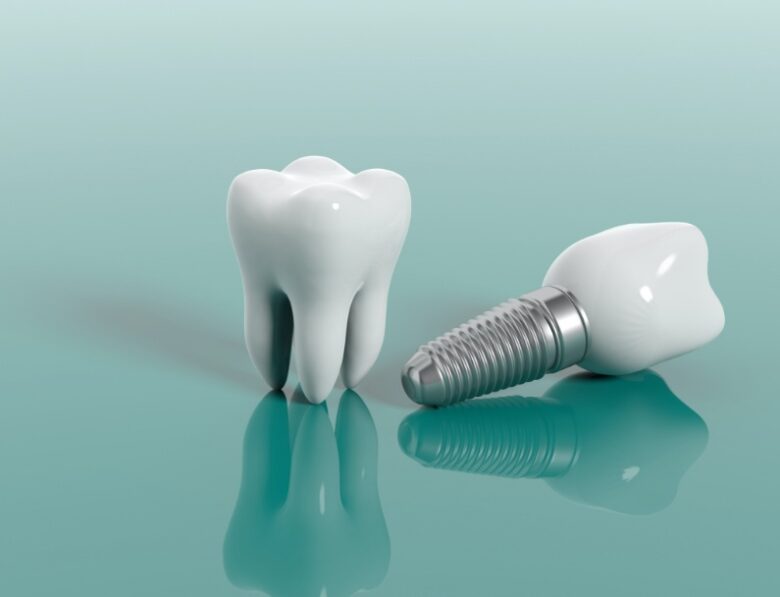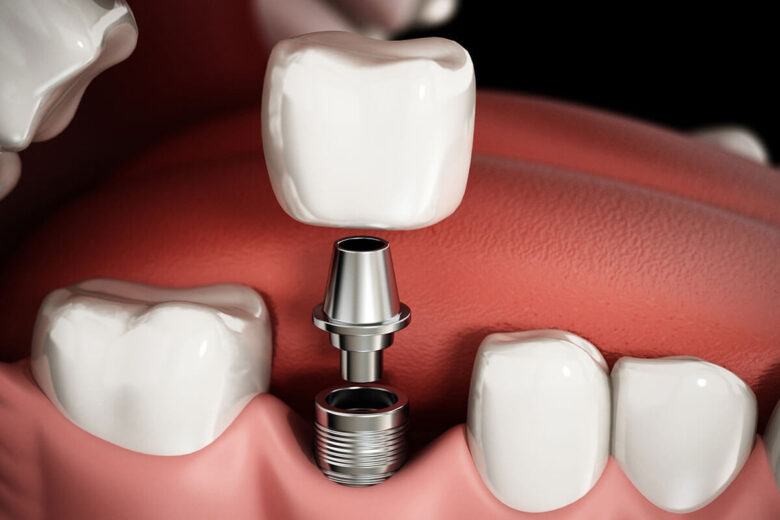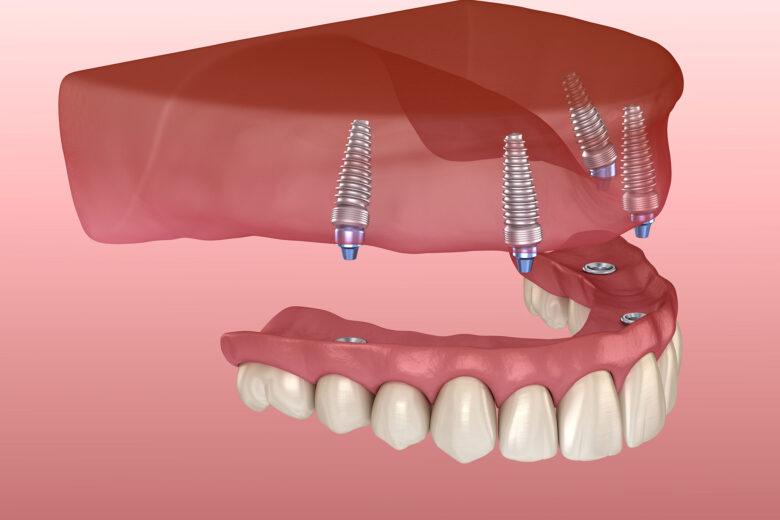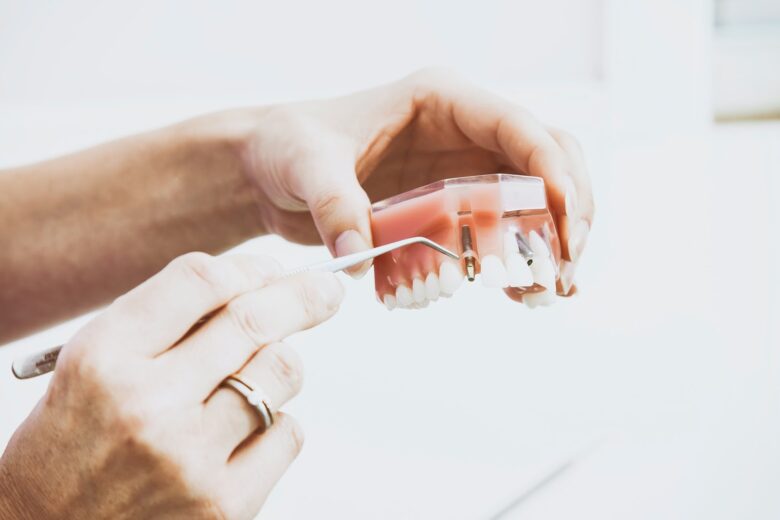If you wish to have the gap between your teeth filled up, then you would want to consider using implants.
Several types of dental implants could be employed. Choosing the most suitable type for yourself depends on the number of missing teeth, the condition of your jawbone and gum, your overall health condition, and some other factors.
Although there might be other methods that could be used, the dentists at Pristine Dentalworks recommend using dental implants in Singapore as they are known to be a reliable and more permanent method to replace missing teeth.
This article explains the different types of implants that are available and which of them is likely going to be most suitable for you.
Contents
What are Dental Implants?

Source: dentistry.uiowa.edu
A dental implant is a root-like structure or screw that is surgically inserted into the jawbone region of the mouth to replace the loss or missing tooth. Although the implant in themselves are not the teeth, they are the structure needed for the artificial teeth to set in place firmly.
Dental implants have widely been used by many people and are the most recommended procedure to give to yourself if you want more permanent teeth.
The dental implant is made up of three basic components:
- The implant: This is like a screw that serves as a root that holds the teeth or crown in place
- The Abutment: This is an element that helps to attach the implant to the crown
- The crown: This is the artificial teeth that is being placed on top of the abutment.
All these three structures work together to form the dental implant.
What are the types of Dental Implants?
There are dental implants based on the number of missing teeth and dental implants based on the location where the implants will be done. These are discussed below
Dental implant types based on the number of missing teeth
-
Dental implant with Crown

Source: champagnesmiles.com
A dental implant with the use of a crown is most suitable when a tooth is missing or when two or more inconsecutive teeth are missing. With this, the crown can be implanted to replace the missing teeth.
Also, only an implant and a crown are used. And so the implants hold the crown or teeth in place.
-
Dental Implant with Bridges
A dental implant with bridges is most suitable if two consecutive teeth are missing. In this case, it won’t be suitable to use a crown since the bridge could easily cover up for the two or more consecutive teeth that are missing.
So here, a dental implant is inserted into two extreme parts of the gum or jawbone to provide enough support for the bridge teeth that will be used. And unlike the dental implant with a crown, here two implants will be inserted at the two extreme points where the teeth are missing after which the set of teeth (usually three or more) comes in to bridge the gap of the missing teeth.
If you have three sets of teeth that are next to themselves missing, then this type of implant will be most suitable
-
Denture Implants

Denture implants are most suitable for those without a dental arch. In this case, it won’t be suitable to use a dental crown or bridge and so a special type of denture will be inserted.
If all of the teeth in the upper and the lower jaw are missing, then this is the most suitable type to use and it is therefore permanently inserted in the gum region. Unlike the traditional dentures that had been used in the past, denture implants cannot be removed and so they do not slide, lose, or shift and they do not cause soreness like the traditional dentures.
Dental Implant-based on the location where the implant will be placed
-
Endosteal Implants
This is the most widely used type based on the location where the implant will be inserted and it is most suitable for use when the jawbone is in good health condition. The endosteal implant is done by ensuring the implant is drilled into the jawbone ( a region that is below the gum), and then attached to the crown through the abutment.
-
Subperiosteal Implants

Source: kneibdentistry.com
This is not commonly used like the endosteal and it involves having the implants placed down the gum just above or on the jaw. Unlike the endosteal, they are not placed or drilled into the jawbone, but they are inserted just above it.
This type is most suitable for a patient without enough bone within the jaw and those who do not want bone augmentation.
-
Zygomatic Implants
The zygomatic implant is used when there is not enough jawbone for endosteal and when bone augmentation is not desired to be used by a patient. So here, the implants are inserted in the cheekbone or the zygomatic bone rather than the jawbone and more implants are used than the ones used for the endosteal implants
Which of the Dental Implants Type is Right for You?

Source: dentalbrothers.com
If you have only a missing tooth, then a dental implant with a crown will be suitable. If up to two or three teeth that are next to one another are missing, then a dental implant with a bridge will be suitable. If it’s for the whole denture, then a denture implant will be the best to use.
However, depending on the health status of your jawbone, a dentist is most likely going to prescribe that you go for an endosteal, subperiosteal, or zygomatic implant.
If the jawbone is in good condition, then the endosteal will be right for you. If you wouldn’t want an implant placed on your jawbone, then you could consider a subperiosteal type.
Zygomatic will only be suitable for you if there are no bones in the jaw to support the implant. In either of these described, it will be best to follow the guide given by a dental doctor.
Conclusion
Dental implants are a great way to replace lost teeth. You don’t have to keep up with so much maintenance once you have chosen the right one. Different types could be used but ensure you work closely with your dentist so you could choose the best one for yourself.
If you are in need of dental implants in Singapore, we highly recommend the skilled dentists. Teeth implants offer a permanent and effective solution for missing teeth.
In addition to the longevity and durability of dental implants, they can also improve your oral health and appearance. Contact good dentist and schedule your consultation and learn more about how dental implants can benefit you.
